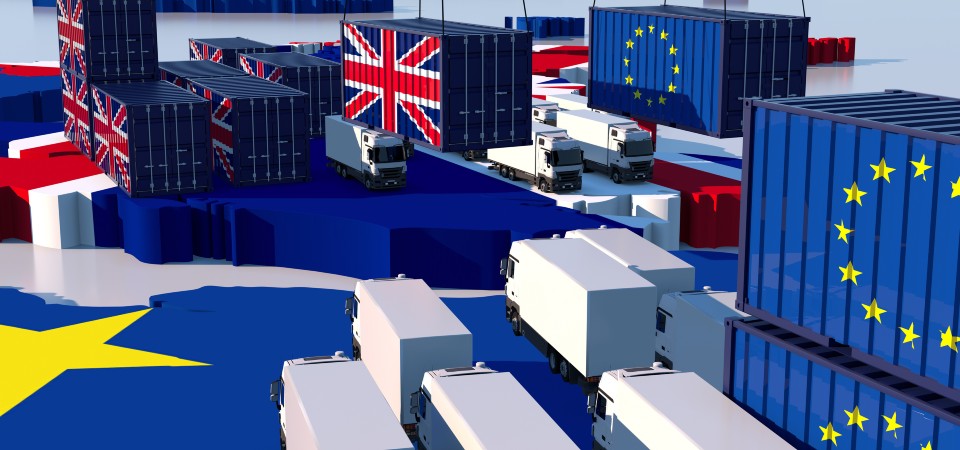The media was full of stories about lengthy hold-ups at customs and empty shelves in supermarkets. This has included cliff-edge falls in exports of agricultural produce like beef, milk and cheese, for example, after the UK and EU failed to agree an alignment in standards that would have enabled free trade to continue.
There has since been some improvement, with the latest figures showing that exports and imports with the EU in the three months to August 2021 were better than the three months before. Equally, however, there is evidence that the UK has lost market share in Europe due to Brexit, as the EU’s imports from other countries have picked up following the COVID crisis.
Yet the raw export and import figures alone can only tell you so much about what has happened to British trade. You need to disentangle the effects of Brexit from a myriad of other variables that can skew the numbers – not least COVID. This is a complicated problem that will take some time to resolve, even though the large relative fall in UK exports to Europe suggests that Brexit is the main culprit.
At the same time, however, it would be wrong to focus too much on 2021 when looking at the effects of Brexit on UK trade. We have just published a new paper looking at how it affected UK trade between 2015 and 2018. It shows for the first time that fears about Brexit weakened the UK’s trading position long before the vote to leave the EU even took place. It also points to a long-term adjustment in trading relationships that will continue for many years to come.
Our approach
We originally started examining the effects of the Brexit vote back in 2017. Using the same method that has in fact just won the Nobel prize for economics, we sought to screen out other effects on the data by comparing the UK’s exports to particular EU countries before and after the June 2016 referendum with other pairs of comparable trading nations. We chose pairs of nations to compare from a large pool of possibilities, for example using trading between Japan and South Korea to compare France and the UK.
When we first published results in late 2018, we reported that even shortly before the vote in 2016, worries about Brexit were already reducing Britain’s trade with the EU and elsewhere. This was consistent with an earlier study by another team of researchers into the effects of the vote on British GDP, as well as subsequent studies looking at foreign direct investment and productivity.
Continues...

For the full article visit the Conversation.
ENDS
